Disclaimer: Any information contained in this post SHOULD NOT be considered or relied upon as financial advice, and we disclaim any liability in connection with the use of this information. Everyone’s financial situation is different, and you should consult a financial professional for targeted advice.
First things first: What are I Bonds?
Series I Savings Bonds (also known as I Bonds) are a type of bond offered by the US government designed to keep pace with inflation. The interest rate you get on these bonds is a combination of a base rate that stays the same for the life of the bond plus a variable CPI-based inflation rate that is reviewed twice a year. CPI stands for consumer price index. It’s essentially the index that tracks the prices of goods and services.
So whyyy are I Bonds all the rage these days?
Bonds issued from May through October 2022 carry a rate of 9.62%, a combination of the base rate (0%) and the variable rate (9.62%). This is the highest inflation rate I bonds have carried. One cool feature of I bonds is that the interest rate can’t go below zero, and the redemption value of I bonds can’t decrease.
So How do I Bonds work?
Investors can purchase bonds in specified dollar increments with a minimum investment of only $25. Interest accrues every month and is compounded semiannually. I bonds increase in value on the first day of each month, and both principal and interest are paid to you when you cash the bond.
There is a limit on how much I bonds you can buy. For electronic bonds, the limit is $10,000 per calendar year. For paper bonds, the limit is $5,000 per calendar year. These limits apply separately, meaning you could purchase up to $15,000 of I bonds in one calendar year.
Where do you buy them?
The most common way to buy I bonds is online through TreasuryDirect. You can transfer funds from a bank account or even use payroll direct deposit to purchase bonds. You can also purchase I bonds by mail when filing your federal tax return.
I bonds can be purchased by individuals and by trusts. This includes children under 18 if the minor has their adult custodian create a minor linked account.
What are some downsides and risks to consider when purchasing I bonds?
I Bonds have a minimum holding period of one year. So, you’d need to be absolutely confident that you won’t need the money for at least that long. Additionally, there’s potential interest rate risk. Bonds issued between May and October of 2022 carry the highest inflation rate in the history of these bonds to date. However, this rate can go down in the future.
Unless you cash them first, I bonds accrue interest for 30 years. Like we just mentioned, After a year, you can cash them in. If you cash them before five years of purchase, you will forfeit the prior three months’ interest. For example, if you cash an I bond after one year, you will only receive the first nine months’ worth of interest.
What about taxes?
Now you know we can’t tell you about an investment without telling you how it’s taxed. Interest income from I Bonds is subject to federal taxes but not state and local taxes. Plus, you might be able to avoid paying federal taxes when using I Bonds to pay for college.
When it comes to reporting interest, you have options. You can opt to report the accrued interest each year. Alternatively, you can defer reporting interest income until you either cash in the bond, surrender ownership of or gift the bond, or the bond reaches its maturity year and stops accruing interest, whichever happens first.
If you opt to report your interest every year, you must continue to do so for all of the bonds you have currently and those you acquire in the future.
If you own electronic bonds, you can see the value of your bonds in your TreasuryDirect account under the “Current Holdings” tab.
You can use the Savings Bond Calculator on the TreasuryDirect site for a paper bond <-- (That’s hyperlinked, btw!).
What happens when you sell?
When cashing out an I Bond, you receive a lump-sum payment that includes all of your interest and principal. If purchased online using the TreasuryDirect platform, you can simply receive funds by electronically depositing them into your bank account. You may be able to cash in paper bonds at some banks. Alternatively, you can send your bonds to Treasury Retail Services to be cashed, along with FS Form 1522.
You can also partially redeem your electronic bonds with a minimum of $25. You must leave at least $25 in your TreasuryDirect account if you only cash part of the bond’s value. Principal and a proportionate amount of interest are included in redemptions. Keep in mind that partial redemption is unavailable for paper bonds. Also, note that you cannot sell I Bonds to another individual. However, you can gift them.
When you cash your bonds, you receive a Form 1099-INT to report the interest income received. This form is posted on the TreasuryDirect for electronic bonds in January following your redemption date. If you redeem a paper bond at a bank, the bank will provide you the form immediately or after the end of the year in which you redeem the bond. If you cash your paper bond with Treasury Retail Securities Services, they will mail you the form in January following your redemption date.
For what type of investor might I Bonds be a good fit?
I Bonds might be a good choice for long-term investors looking to diversify their portfolio or someone looking for a place to park their excess cash for a couple of years.
Remember, this isn’t financial advice or a recommendation. Consult a qualified professional when deciding if I Bonds are right for you!
Want to get started on your personal finance journey with me as your money mentor? Check out our program, MONEY 180™.


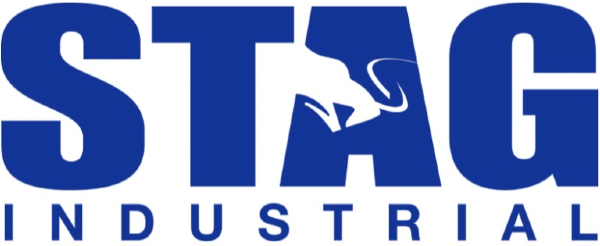





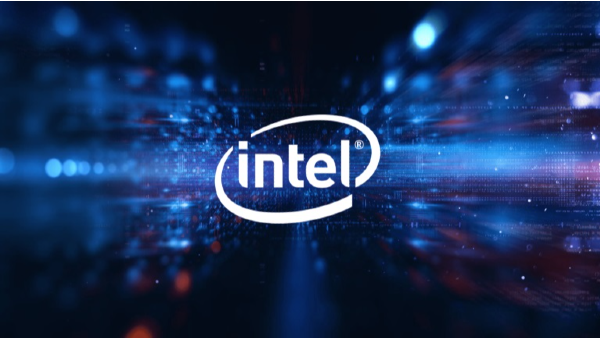
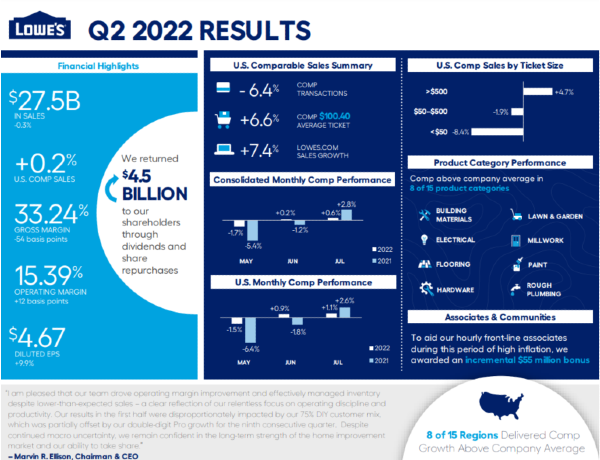




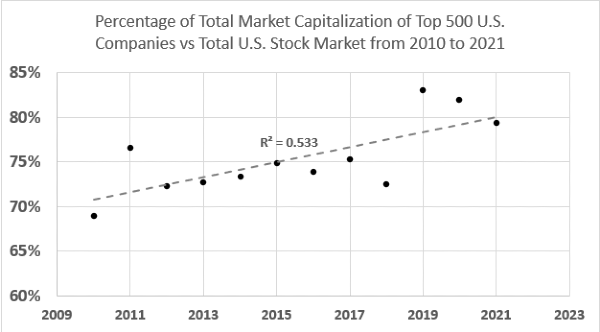


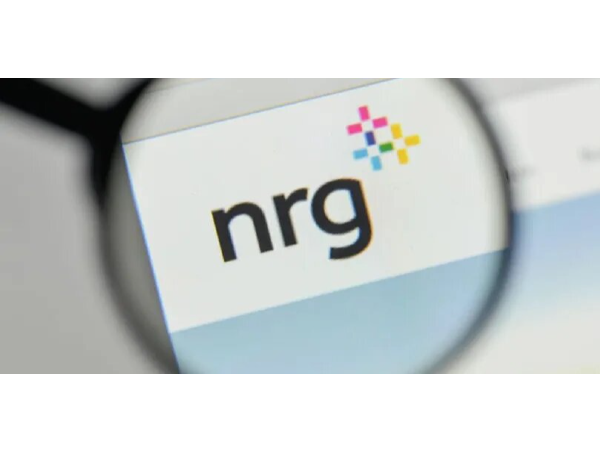












Disclaimer: Any information contained in this post SHOULD NOT be considered or relied upon as financial advice, and we disclaim any liability in connection with the use of this information. Everyone’s financial situation is different, and you should consult a financial professional for targeted advice.
First things first: What are I Bonds?
Series I Savings Bonds (also known as I Bonds) are a type of bond offered by the US government designed to keep pace with inflation. The interest rate you get on these bonds is a combination of a base rate that stays the same for the life of the bond plus a variable CPI-based inflation rate that is reviewed twice a year. CPI stands for consumer price index. It’s essentially the index that tracks the prices of goods and services.
So whyyy are I Bonds all the rage these days?
Bonds issued from May through October 2022 carry a rate of 9.62%, a combination of the base rate (0%) and the variable rate (9.62%). This is the highest inflation rate I bonds have carried. One cool feature of I bonds is that the interest rate can’t go below zero, and the redemption value of I bonds can’t decrease.
So How do I Bonds work?
Investors can purchase bonds in specified dollar increments with a minimum investment of only $25. Interest accrues every month and is compounded semiannually. I bonds increase in value on the first day of each month, and both principal and interest are paid to you when you cash the bond.
There is a limit on how much I bonds you can buy. For electronic bonds, the limit is $10,000 per calendar year. For paper bonds, the limit is $5,000 per calendar year. These limits apply separately, meaning you could purchase up to $15,000 of I bonds in one calendar year.
Where do you buy them?
The most common way to buy I bonds is online through TreasuryDirect. You can transfer funds from a bank account or even use payroll direct deposit to purchase bonds. You can also purchase I bonds by mail when filing your federal tax return.
I bonds can be purchased by individuals and by trusts. This includes children under 18 if the minor has their adult custodian create a minor linked account.
What are some downsides and risks to consider when purchasing I bonds?
I Bonds have a minimum holding period of one year. So, you’d need to be absolutely confident that you won’t need the money for at least that long. Additionally, there’s potential interest rate risk. Bonds issued between May and October of 2022 carry the highest inflation rate in the history of these bonds to date. However, this rate can go down in the future.
Unless you cash them first, I bonds accrue interest for 30 years. Like we just mentioned, After a year, you can cash them in. If you cash them before five years of purchase, you will forfeit the prior three months’ interest. For example, if you cash an I bond after one year, you will only receive the first nine months’ worth of interest.
What about taxes?
Now you know we can’t tell you about an investment without telling you how it’s taxed. Interest income from I Bonds is subject to federal taxes but not state and local taxes. Plus, you might be able to avoid paying federal taxes when using I Bonds to pay for college.
When it comes to reporting interest, you have options. You can opt to report the accrued interest each year. Alternatively, you can defer reporting interest income until you either cash in the bond, surrender ownership of or gift the bond, or the bond reaches its maturity year and stops accruing interest, whichever happens first.
If you opt to report your interest every year, you must continue to do so for all of the bonds you have currently and those you acquire in the future.
If you own electronic bonds, you can see the value of your bonds in your TreasuryDirect account under the “Current Holdings” tab.
You can use the Savings Bond Calculator on the TreasuryDirect site for a paper bond <-- (That’s hyperlinked, btw!).
What happens when you sell?
When cashing out an I Bond, you receive a lump-sum payment that includes all of your interest and principal. If purchased online using the TreasuryDirect platform, you can simply receive funds by electronically depositing them into your bank account. You may be able to cash in paper bonds at some banks. Alternatively, you can send your bonds to Treasury Retail Services to be cashed, along with FS Form 1522.
You can also partially redeem your electronic bonds with a minimum of $25. You must leave at least $25 in your TreasuryDirect account if you only cash part of the bond’s value. Principal and a proportionate amount of interest are included in redemptions. Keep in mind that partial redemption is unavailable for paper bonds. Also, note that you cannot sell I Bonds to another individual. However, you can gift them.
When you cash your bonds, you receive a Form 1099-INT to report the interest income received. This form is posted on the TreasuryDirect for electronic bonds in January following your redemption date. If you redeem a paper bond at a bank, the bank will provide you the form immediately or after the end of the year in which you redeem the bond. If you cash your paper bond with Treasury Retail Securities Services, they will mail you the form in January following your redemption date.
For what type of investor might I Bonds be a good fit?
I Bonds might be a good choice for long-term investors looking to diversify their portfolio or someone looking for a place to park their excess cash for a couple of years.
Remember, this isn’t financial advice or a recommendation. Consult a qualified professional when deciding if I Bonds are right for you!
Want to get started on your personal finance journey with me as your money mentor? Check out our program, MONEY 180™.
Originally Posted on thebemusedtv.com